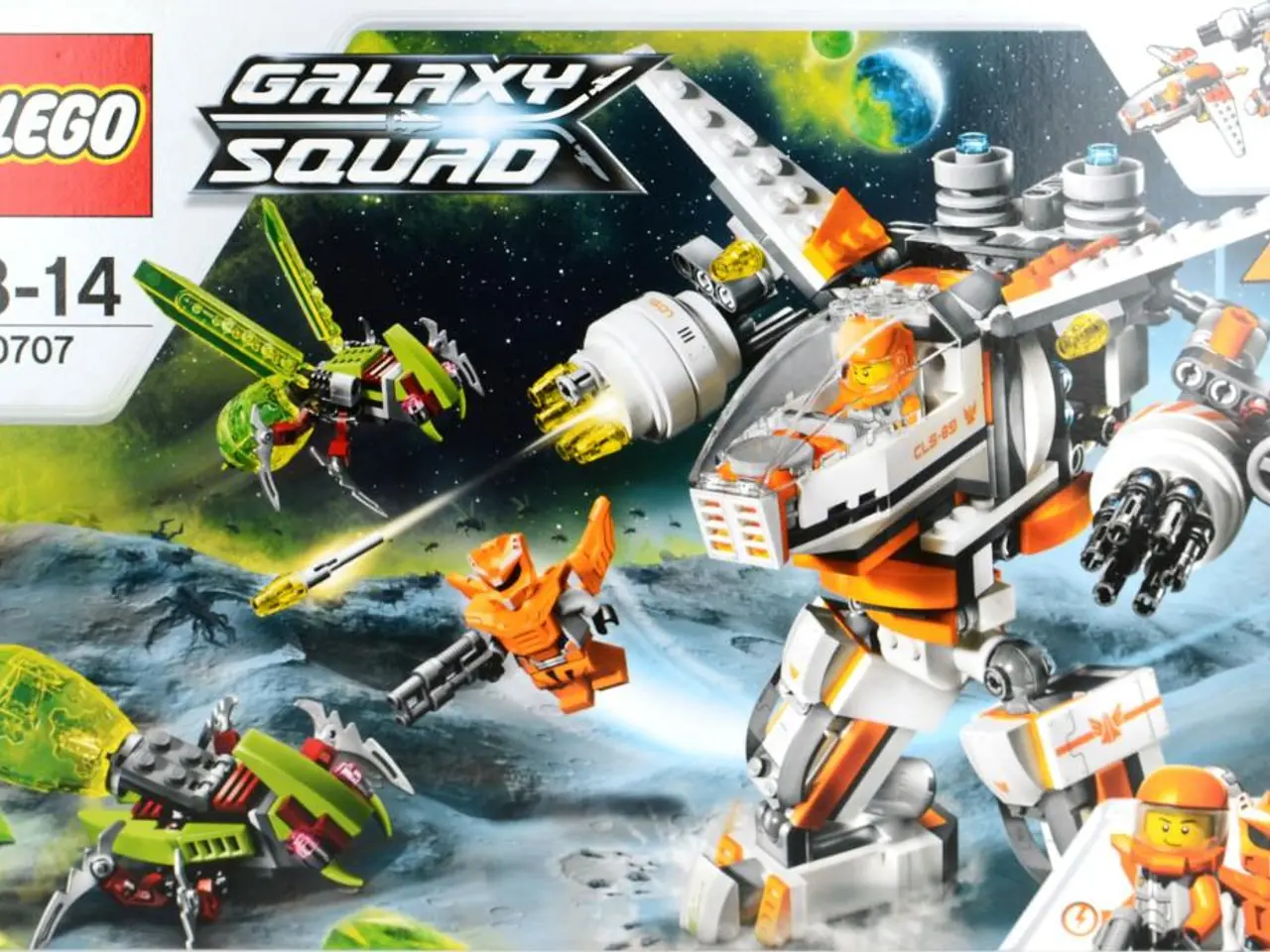Teamcreatively constructs a stunning Godzilla model utilizing Unreal Engine 5
Unreal Engine 5 (UE5) is making waves in the film industry, offering a transformative platform for creating high-quality visuals and real-time workflows. This was evident in Josh Toonen's short Godzilla cinematic, a dramatic showcase of UE5's potential for cinematic production.
The short, featuring dramatic lighting, atmospheric effects, and smooth animation, presents significant possibilities and challenges for filmmakers.
Possibilities:
One of the most exciting aspects of UE5 is its ability to deliver real-time photorealistic rendering. This means creators can animate, light, and render scenes directly within the engine without waiting for lengthy offline rendering, enabling faster iteration and lower production costs compared to traditional VFX pipelines.
UE5 also democratizes high-quality cinematic production. Toonen's Godzilla short, created by a small team without a multi-million dollar budget, demonstrates that UE5 can empower indie filmmakers to rival Hollywood-level effects.
UE5's integrated workflow, which allows building entire scenes, animation, lighting, and rendering in one platform, streamlines production pipelines. The direct compositing with Nuke further showcases integration with professional post-production tools.
Dynamic virtual sets and camera tracking, much like its use in productions such as The Mandalorian, allow directors to modify backgrounds, lighting, and time of day in real-time on set, enhancing creative flexibility and efficiency.
Advanced tools like Metahumans, AI motion capture, and Move AI facilitate realistic character animation and crowd simulation, broadening storytelling possibilities for filmmakers.
Challenges:
While UE5 offers numerous advantages, it also presents challenges. The engine is a powerful and feature-rich tool, but mastering its vast functionalities requires significant expertise and experience, potentially limiting accessibility for newcomers without a background in game dev or 3D work.
Achieving Hollywood-quality photorealism consistently requires careful lighting, shader setups, and managing engine performance, which can be technically demanding.
Inconsistencies or oddities in content can sometimes occur, as illustrated by Toonen’s short, which includes a visually jarring anachronistic element (a biplane in modern Hong Kong).
Hardware demands are another challenge, as high-end visuals in real-time require powerful computing resources, which might pose challenges for smaller teams or individual creators.
In summary, UE5 offers a transformative, cost-effective platform for filmmakers to create entire movies with high-quality visuals and real-time workflows. However, these advantages come with challenges that creators must navigate to fully realize cinematic ambitions.
Josh Toonen, a pro VFX artist and director, created the short Godzilla cinematic entirely within UE5. Toonen has worked on blockbusters like Star Wars IX and Godzilla vs Kong, and he has tutorials on YouTube about Unreal Engine 5 for those interested in learning more.
The short was animated and rendered directly out of the engine and composited with Nuke, further showcasing UE5's potential for cinematic production. Many fans believe the short resembles a game due to its realism, highlighting UE5's popularity as a game development platform for photorealistic work.
The evolution of the Godzilla design is an interesting topic for design enthusiasts. Meanwhile, social media users have expressed curiosity about a potential Monsterverse game, given the lack of games featuring Godzilla beyond mods. Fans can also explore the best movie monster character designs for inspiration.
UE5 is also used for fan-made game remakes such as 3D Super Mario World and Sonic Adventure, demonstrating its versatility beyond cinematic production. As filmmakers and creators continue to push the boundaries of what's possible with UE5, we can expect to see even more impressive cinematic projects in the future.
- The reality of photorealistic rendering in real-time, a capability unique to UE5, can enable faster iteration and reduce production costs for creators.
- UE5 simplifies the filmmaking process by allowing the creation, animation, lighting, and rendering of entire scenes within a single platform.
- Dynamic virtual sets and camera tracking in UE5 offer increased creative flexibility and efficiency for directors, as seen in productions like The Mandalorian.
- Advanced tools such as Metahumans, AI motion capture, and Move AI in UE5 provide opportunities for realistic character animation and crowd simulation, expanding storytelling possibilities for filmmakers.
- Mastering UE5 requires extensive expertise due to its abundance of features, which could present an obstacle for those new to game development or 3D work.
- Achieving consistent Hollywood-quality photorealism in UE5 demands careful lighting, shader setups, and efficient management of engine performance.
- The short Godzilla cinematic, created by pro VFX artist and director Josh Toonen, showcases UE5's potential for cinematic production, evident in its photorealistic rendering and animation.
- The versatility of UE5 extends beyond cinematic production, as demonstrated by fan-made game remakes like 3D Super Mario World and Sonic Adventure.




